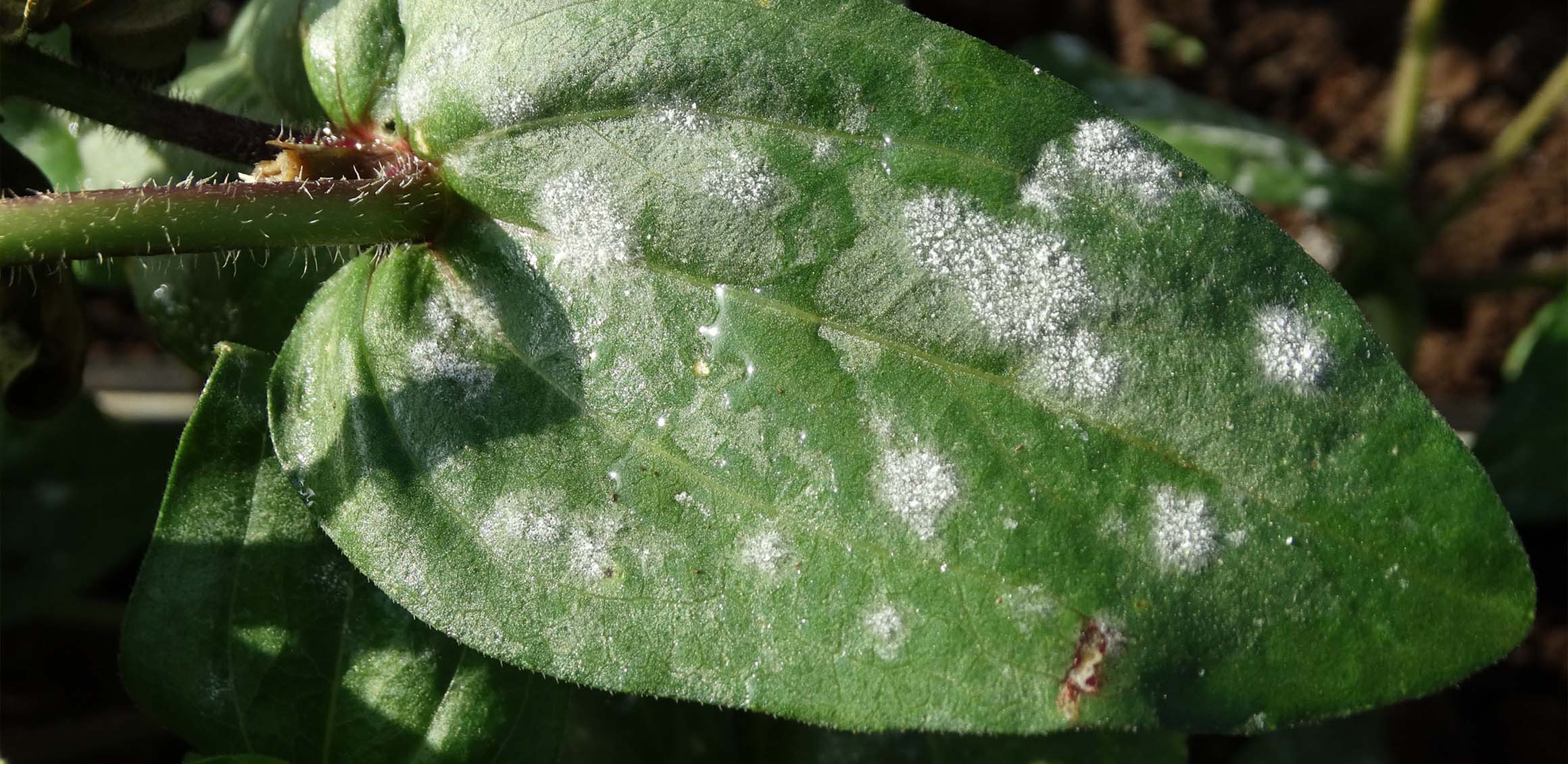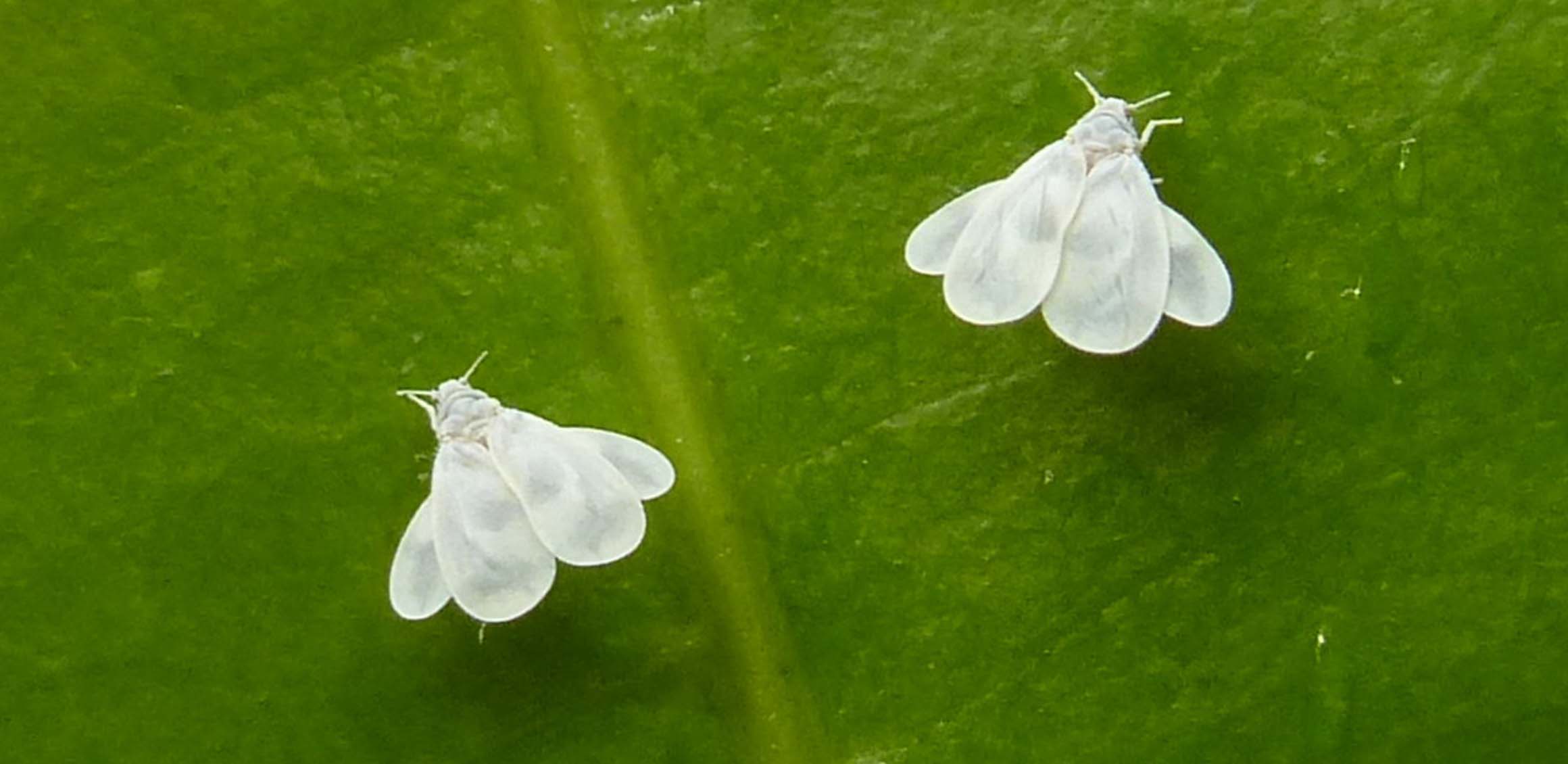Common Winter Pests and Diseases on Plants in the Indian Climate
Winter brings cooler temperatures, shorter days, and much-anticipated relief from the intense Indian summer. But while the season is gentler on us, it can present a unique set of challenges for plants. The lower temperatures and moisture levels create favourable conditions for certain pests and diseases to thrive, potentially compromising your garden or crop’s health. Here’s a look at some common winter-time culprits and what you can do to keep your plants safe and thriving through the cold months.
1. Aphids – The Sneaky Suckers
Appearance : Tiny, soft-bodied insects, usually green, black, or brown.
Signs : Curled leaves, sticky honeydew on leaves, and ants crawling on plants.
Why They Love Winter : Aphids are most active during the early winter months when temperatures are cool but not freezing. They feed on the sap of tender new shoots, weakening the plant.
How to Manage
Use neem oil or insecticidal soap for regular spraying.
Introduce beneficial insects like ladybugs and lacewings, which prey on aphids.
Wash them off with a strong spray of water for minor infestations.
Mealybugs – Cotton-Like Clusters
Appearance : Tiny, soft-bodied insects, usually green, black, or brown.
Signs : White, fluffy, cotton-like clusters found on leaves and stems.
Why They Love Winter : Mealybugs thrive on indoor plants or sheltered outdoor plants where temperatures remain mild. They attack soft plant tissues, making them a common problem during the cool season.
How to Manage
Dab affected areas with cotton swabs soaked in alcohol to kill the bugs.
Prune and discard heavily infested branches.
Ensure proper air circulation to prevent mealybug build-up.
Powdery Mildew – The White Dust
Appearance : White powdery coating on the surface of leaves and stems.
Signs : Leaves become distorted, yellow, and eventually dry out. The infection can reduce photosynthesis and affect plant vigour.
Why It Thrives in Winter : Powdery mildew spreads easily in cooler, humid conditions with poor ventilation, making it a common issue for winter crops like peas, beans, and ornamentals.
How to Manage
Spray with a solution of baking soda, neem oil, or sulphur-based fungicides.
Avoid overhead watering to keep foliage dry.
Increase sunlight exposure and airflow around the plants.
Cutworms – Silent Night Feeders
Appearance : Fat, dull-coloured caterpillars that hide in the soil during the day.
Signs : Seedlings or young plants are cut at the base, often found wilted or lying flat.
Why They Strike in Winter : Cutworms are nocturnal feeders and emerge from the soil when the temperature is cool, making winter the perfect time for their night-time feasts.
How to Manage
Place collars made of cardboard around young plants to protect their stems.
Hand-pick the worms in the evening or early morning.
Keep the area weed-free to reduce hiding spots.
Rust Fungus – The Spotted Enemy
Appearance : Yellow, orange, or brown pustules on the underside of leaves.
Signs : Leaves develop discoloured spots and can drop prematurely, weakening the plant.
Why They Strike in Winter : Rust fungus spreads in cool and moist conditions, particularly during morning fog or dew. It commonly affects crops like wheat, beans, and chrysanthemums.
How to Manage
Apply fungicides containing copper or sulphur.
Prune affected leaves and ensure good air circulation.
Avoid waterlogging and keep leaves dry during watering.
Whiteflies – Tiny Winged Pests
Appearance : Tiny white-winged insects that fly up in a cloud when disturbed.
Signs : Sticky honeydew on leaves, yellowing, and wilting foliage. Severe infestations can stunt plant growth.
Why They Appear in Winter : Though whiteflies prefer warmer climates, they also thrive during mild Indian winters, especially in greenhouses or protected areas.
How to Manage
Use yellow sticky traps to monitor and reduce their numbers.
Spray neem oil or insecticidal soap to deter them.
Encourage natural predators like spiders and ladybugs.
Tips to Keep Plants Healthy Through Winter
Keep plants well-spaced to promote airflow and reduce the risk of fungal infections.
Water carefully : Overwatering in winter can invite fungal diseases. Stick to watering early in the day.
Monitor regularly : Early detection of pests and diseases can prevent infestations from spreading.
Apply organic treatments
like neem oil regularly as a preventive measure.
While winter might not be peak growing season, careful attention to your garden’s needs ensures a healthy start for the next season.



